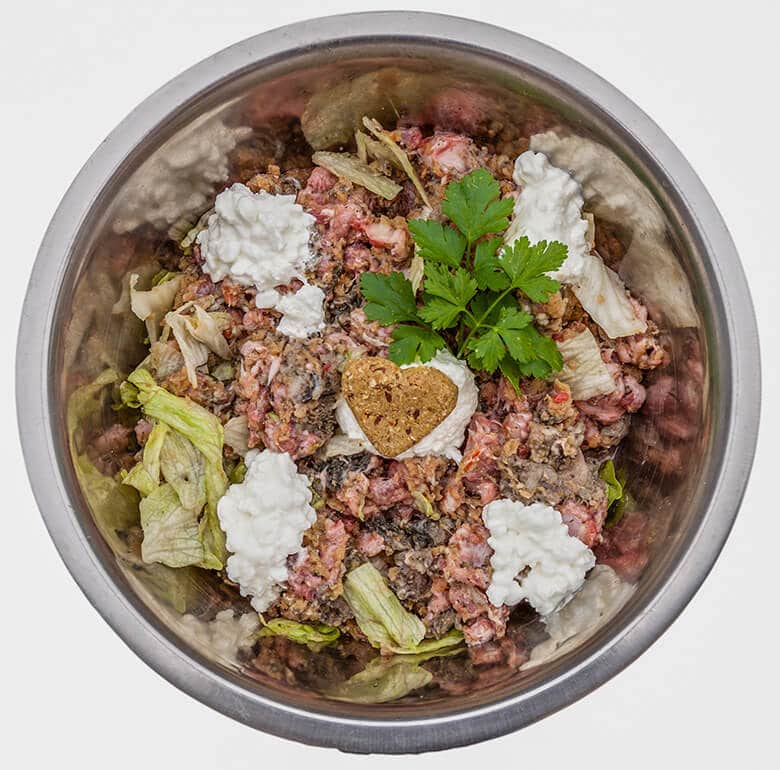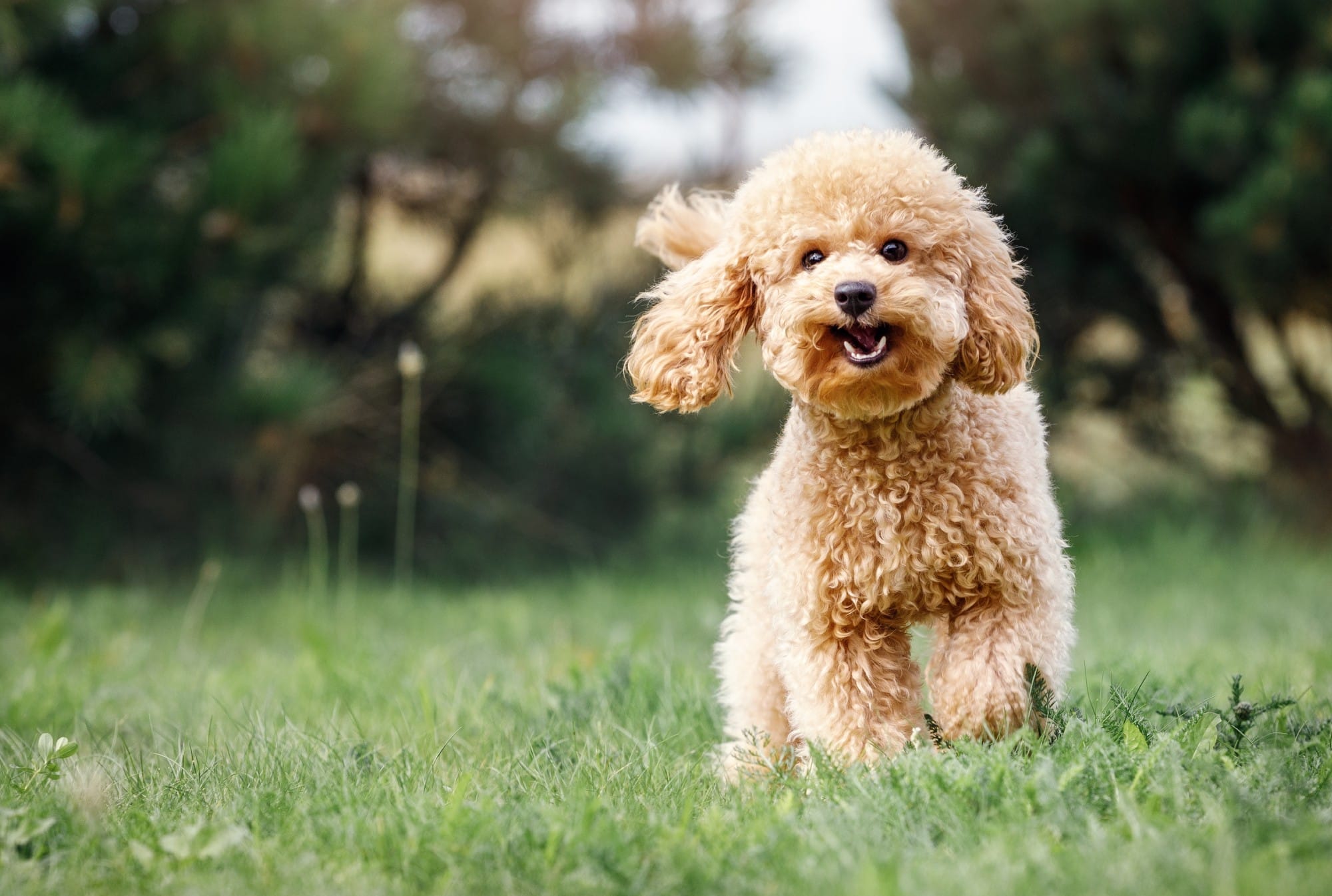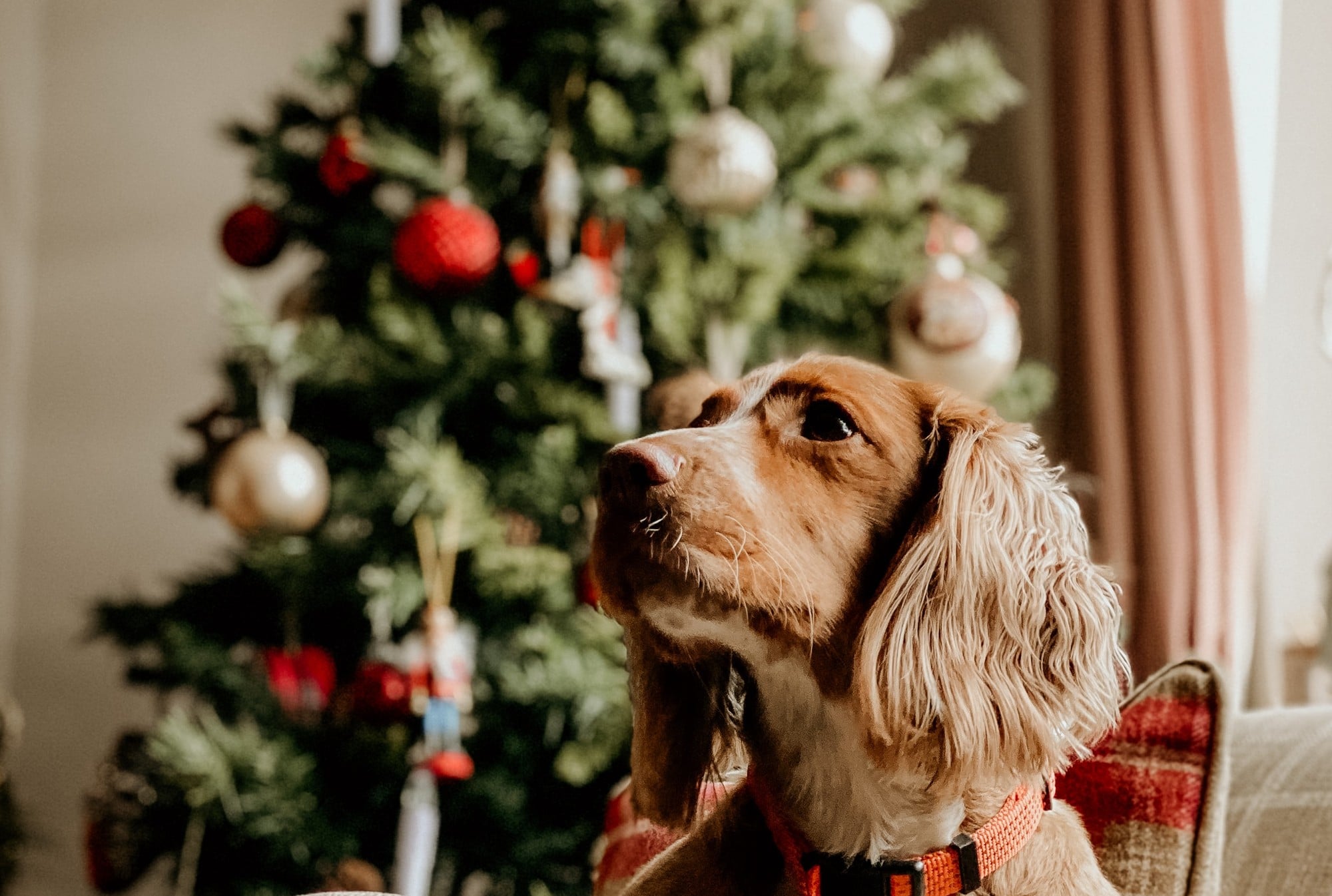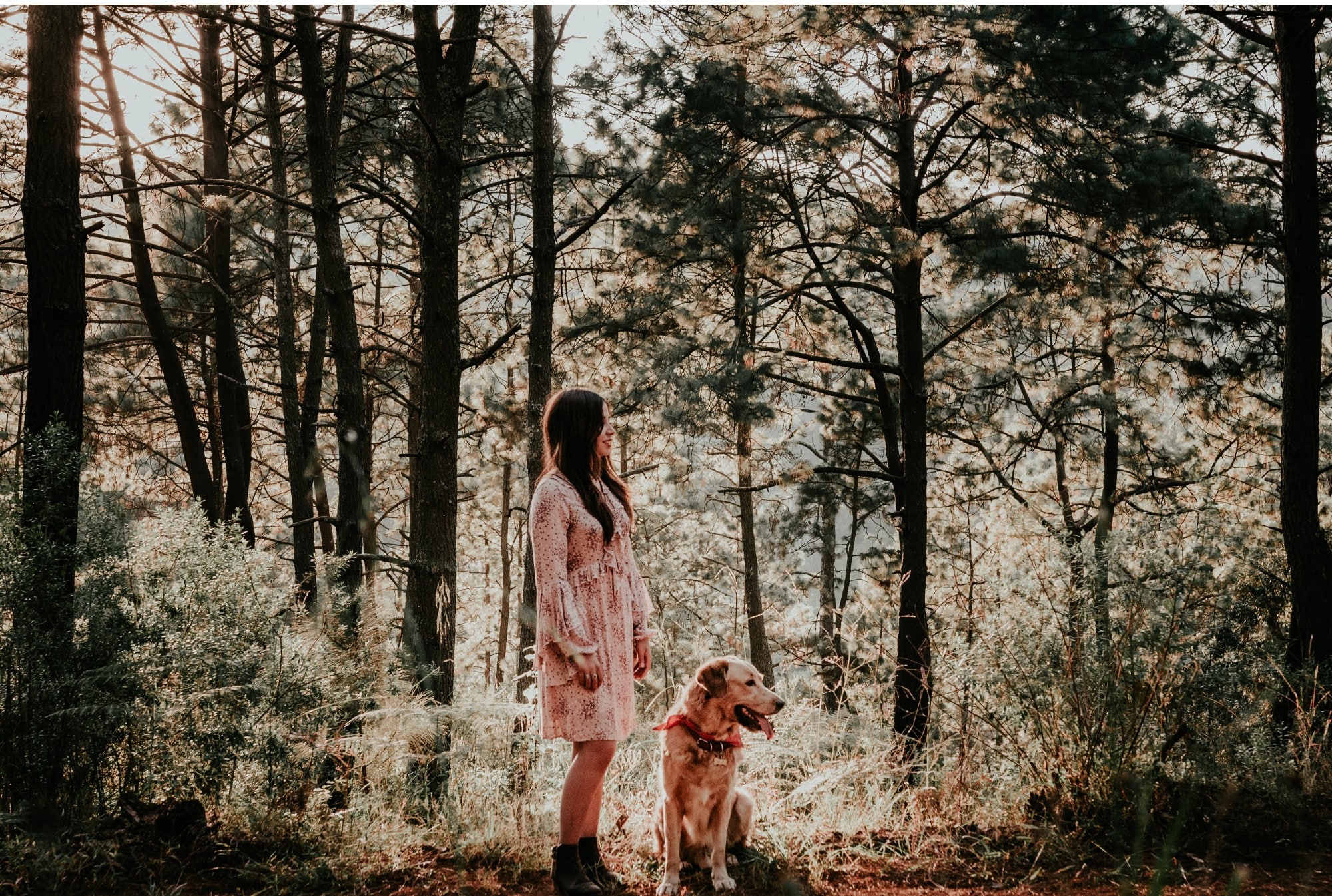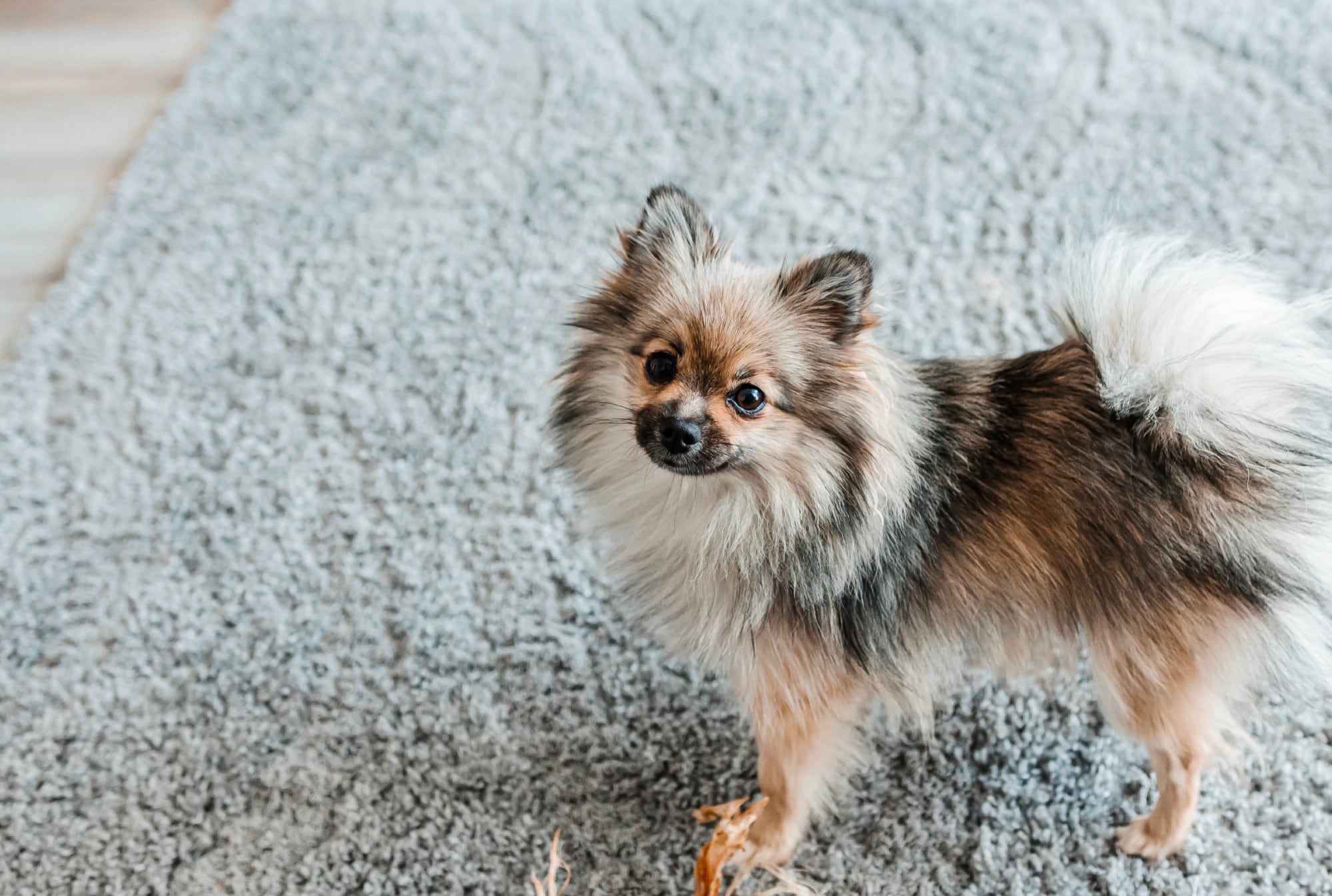As dog parents, we know it’s so important to choose high-quality dog food with healthy ingredients to keep your dog in tip-top shape. But it’s equally important to understand that even the best food can go bad if stored inadequately.
First, always check the “best by” or “best before” date, and choose the bag or can with the date as far in the future as available. Examine the packaging; don’t buy bags that are torn or cans that are damaged.
At home, proper storage of your dog’s food is essential. It preserves the nutritional benefits and prevents the spread of bacteria like salmonella from contaminated food. Proper storage will keep the food fresh by preventing oxidation from occurring, which makes dog food rancid. Appropriate storage will also prevent your dog from getting into his food and eating himself into a food coma.
Also, use common sense: if the food smells funny, throw it away. If the food is expired beyond the “best before” date, throw it away. If your dog is suddenly reluctant to eat food he previously scarfed, throw it away.
Related: Here is the Real Cost of Owning a Dog
For all types of dog food, wash your dog’s bowl between feeding. Use hot, soapy water (or a dishwasher), rinse and dry thoroughly. Wash storage containers between refills (and wash your dog’s water bowl daily with hot, soapy water.)
Here are some other safety tips and rules for best storage practices, with props to Dave at Petful for many of the recommendations.
Dry Dog Food
Buy only one bag at a time. This ensures you have the freshest food (unless you have a large pack of Newfoundlands that eat two or three cups twice a day. In that case, buy two bags). Pet MD and other sites council that dry food should be eaten within six weeks of opening the bag. Once the bag is opened, the “best by” date is no longer valid.
Keep the food in the original bag. Kibble comes in extra-thick, resealable bags made specifically to store dry dog food. Make sure the bag is sealed; if the bag does not have a resealable top, use a clip to seal it tightly. If you prefer using storage cans, find one that is large enough to store the food in its original bag. The original bag also has the information you’ll need in the event of a recall.
Store in a cool, dry place. Keep the food away from sunlight, which can increase the temperature and humidity inside the bag. Avoid storing in a garage, which can become very hot, or under the sink, which can be moist and humid. A kitchen cabinet or pantry is ideal, but run the AC in the summer.
Store dry food in a high location. This will keep it out of reach of pets and children.
Related: Do You Know About the 25% Rule for Dog Food?
Limit exposure to air. Air exposure will speed up the rate of food degradation in terms of nutrition and bacterial growth.
Don’t mix old food with new food. While you may be tempted to use up the whole bag, old food may contaminate new food with bacteria or germs.
Storage containers and bowls for kibble should be washed between refills. There are oils in kibble, which may become rancid over time. This will contaminate new food.
Rinse and dry food containers and bowls thoroughly. Moisture will cause mold and mildew to grow on the food.
Kibble has a shelf life in your dog’s bowl. Discard dry food left in a dog bowl after 24 hours.
Canned Dog Food
Don’t buy dented or damaged cans. Check that there is no swelling on top or on the sides.
Check the expiration date. Don’t buy cans that are close to the “best by” date. Sealed cans can usually last a year or two.
Don’t buy cans that look old. If a can is covered with dust, that usually not a good sign in terms or freshness or recent processing.
Don’t use cans with food that smells off. If your dog is reluctant to eat a brand he usually loves, throw it away.
Opened cans of dog food can be stored in the refrigerator for three to five days. Also, if possible, put the food in a sealable container, as cans can alter taste of the food.
If you don’t plan on using it in that time frame, freeze in portions and thaw out the night before — in the refrigerator. Don’t thaw out dog food (or any food) at room temperature.
You can leave an opened can of food at room temperature for a few hours. Some say up to four hours, but use common sense. If the food looks strange, discard it. It’s better to store open cans in the refrigerator. Use a plastic can cover to keep the can air-tight. You can also use plastic wrap tightened with a rubber band. Opened, refrigerated cans can be stored in the refrigerator safely for two to four days. It’s better to transfer the food from the can to an airtight container.
Always check the food before serving. Check for air bubbles and any other sign of bacterial growth.
Don’t scrape the inside of the can when spooning out food. Cans are lined with a product that may contain BPA, which is harmful to dogs (and humans).
Canned food has a shelf life in your dog’s bowl. Discard uneaten food left in the bowl after two to four hours. If the area is warm, discard uneaten food after 20 minutes.
Raw Dog Food
Store raw food in sturdy, plastic containers with lids or in zippered freezer bags. Use freezer-safe containers. Store in the freezer, and then defrost the night before in the refrigerator, as long as the temperature is consistently 40 degrees Fahrenheit or below.
Above 40 degrees is what the USDA calls the danger zone: “Bacteria grow most rapidly in the range of temperatures between 40 degrees and 140 degrees, doubling in number in as little as 20 minutes.”
If there’s a power outage, discard raw food. After two hours, the USDA states that “pathogenic bacteria (Campylobacter, E. coli, Listeria, Salmonella, etc.) will grow.”
Always wash your hands and surfaces that have come in contact with raw meat and poultry. Wash cutting boards, utensils, bowls, knives and any other surface in very hot, soapy water. If available, use a dishwasher. Clean kitchen counters immediately after use with hot, soapy water. On counters, you can also use a spray bottle to make a solution of one-part bleach to nine-parts water, or use safe disinfecting wipes. Whenever you touch raw food, wash your hands for 20 seconds in hot, soapy water (the time it takes you to sing Happy Birthday twice).
Raw dog food has a shelf life in your dog’s bowl. Never leave raw food out at room temperature. Refrigerate leftovers immediately. It’s best to only defrost one portion at a time.
Related: A Recent Dog Biscuit Recipe in ‘The Washington Post’ Includes a Potentially Deadly Ingredient
Homemade Cooked Dog Food
Put cooked dog food into airtight containers that hold three portions of food each. Choose BPA-free containers with airtight lids.
Store in the freezer, and thaw one container at a time overnight in the refrigerator. Do not thaw at room temperature. Thawed food can be refrigerated for three to four days.
Wash used containers. Use hot, soapy water or put in the dishwasher.
Homemade cooked food has a shelf life in your dog’s bowl. Discard uneaten food after two hours. If the temperature is 40 degrees or above, return food to the refrigerator as soon as your dog finishes eating. If your dog is a grazer, give smaller portions more frequently.
Related: The FDA Warns Dog Owners About Certain Food, Including Many ‘Grain-Free’ Diets













